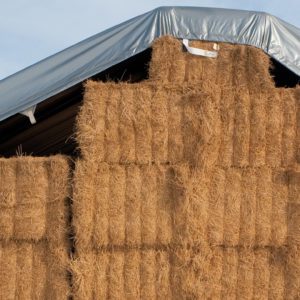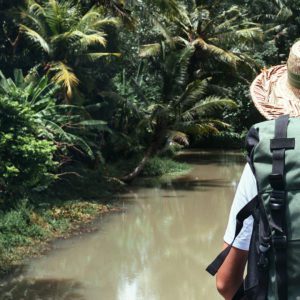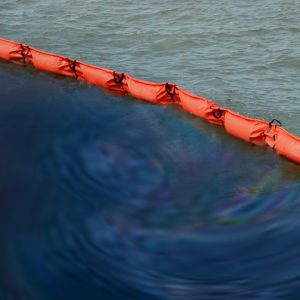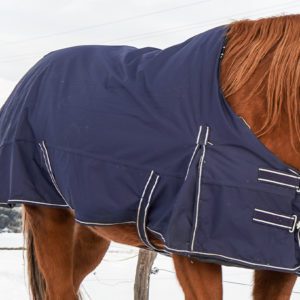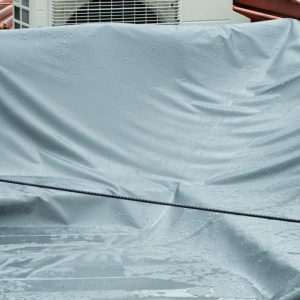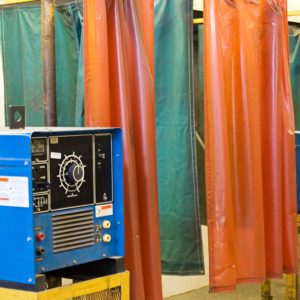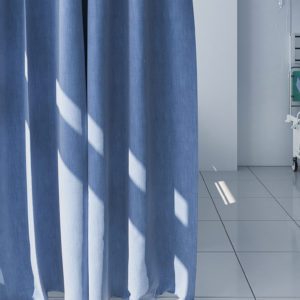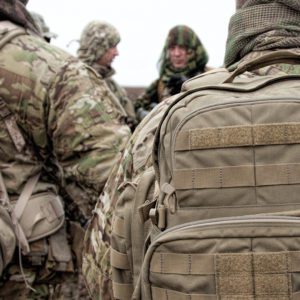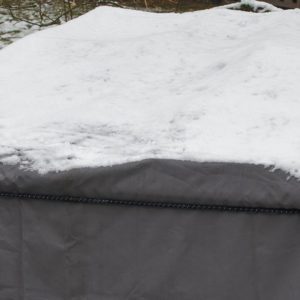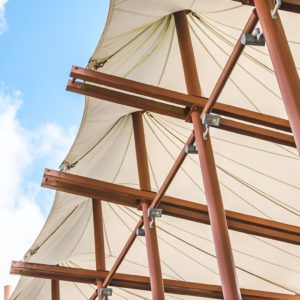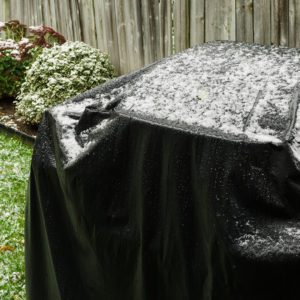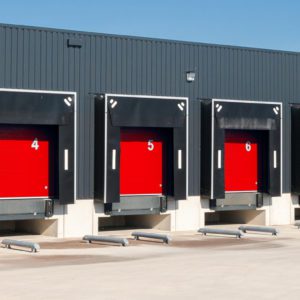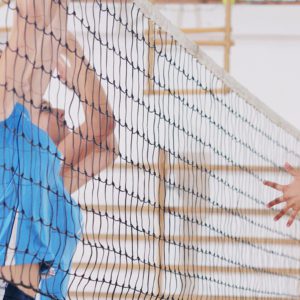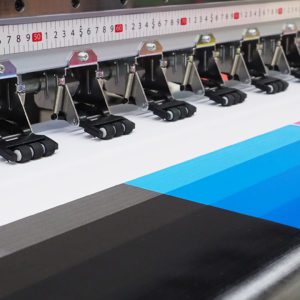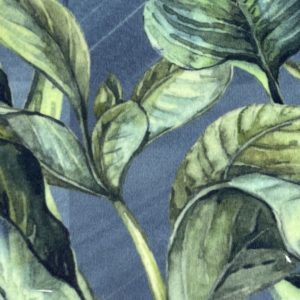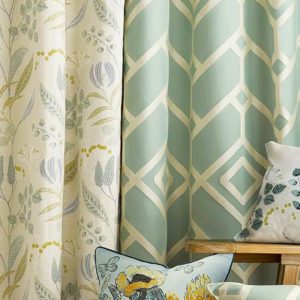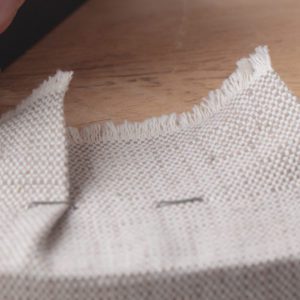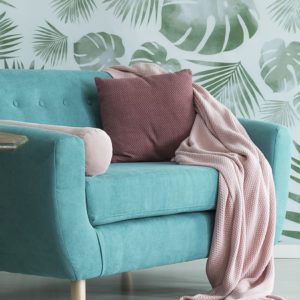Overview
Fabric coating systems and methods are a very important part of the textile industry. Various textile coatings enhance different properties of fabrics to make them suitable for a range of applications. For example, industrial textiles are coated with different materials to improve their durability, water resistance, flexibility, and other performance properties. To choose an optimal fabric coating for specific applications, it’s important to understand how coatings directly impact the properties of a textile.
What Do Fabric and Textile Coatings Do?
- Waterproofness: Coatings increase fabric waterproofness, however some coatings will “wet out” when exposed to moisture for extended periods of time.
- Durability: Coatings can increase the tear strength of the fabric by enhancing or reducing the fabric’s elasticity.
- Longevity: Coatings can have finite lifespans. Factors like mold growth and coating breakdown can affect some options more than others.
- Carrier for Flame Retardant chemicals: If flame retardant chemicals are being used, they must be mixed in with the coating before they are applied to the fabric. FR chemicals can only be combined with PU and PE coatings, not silicone.
- Protection from the Sun: Coatings can sometimes play a role in increasing UV resistance as well as protect colorfastness to light properties.
What Are The Most Popular Textile Coatings?
There are many different types of textile coatings, depending on the industry and end use. Some popular coatings are:
- Polyurethane (PU / Urethane) Coatings: Many of TVF’s industrial fabrics have urethane coatings. For example, Nylon Oxfords, Pack Cloths, 500, 600, and 1000 Denier Textured Nylons and Polyesters all have urethane coatings. Some common end uses are luggage, backpacks, parachute containers, and automotive seating.
- PVC Coatings: Fabrics with PVC coatings are commonly used for applications such as awnings, truck tarps, pool covers, and flexible storage tanks. They offer superior chemical and weather resistance and enhanced durability.
- Polyethylene (PE) Coatings: PE coatings are known for their water resistance, chemical resistance, and flexibility. They are often used in applications where the fabric needs to be protected from moisture, such as in outdoor furniture covers, boat covers, and protective clothing.
- Silicone Coatings: Silicone coatings are commonly used in the manufacture of high performance textiles such as airbags, protective clothing, and medical textiles. They offer excellent heat resistance, water resistance, and flexibility.
- Acrylic Coatings: Fabrics with acrylic coatings are lightweight and inexpensive. These light .25 oz. fabric coatings are generally used for textiles with low performance requirements.
Do Textile Coatings Always Make Fabric Stronger?
Coatings can impact the tensile and tear strength of a fabric. Sometimes the extra layer of protection will make the fabric stronger, particularly if they have good adhesion to the substrate. For example, polyurethane (PU) coatings are known for their high adhesion and can improve the tensile and tear strength of coated textiles.
However it’s possible for textile coatings to negatively impact the tensile and tear strength of a fabric as well. Depending on the coating, a fabric may have reduced flexibility which could lead to reduction in tensile and tear strength. Delamination of a fabric coating could also result in the substrate being weakened.
What Are The Most Common Methods For Coating?
TVF’s two most common methods for coating are “Knife over Roll” and “Dip Coating”. These are considered the most effective and consistent methods for coating fabric.
- Knife-over-Roll coating machines are commonly used for applying PU and PVC coatings. The fabric passes over a roller that applies the textile coating. The knife’s height and angle regulates the amount of coating applied.
- Dip-Coating machines are used for applying coatings onto substrates. The substrate is immersed in a tank of the coating material, and then pulled out at a controlled speed to ensure a uniform coating thickness. The coating viscosity and the speed at which the fabric is running determines the coating weight.
What Are Some Common Problems With Fabric Coating?
It’s important to be aware of imperfections that may arise when coating fabrics.
- Pinholes – may affect water resistance
- Drag marks/streaks – can alter the appearance of the back side of the fabric
- Coating thickness/weight (across the width of the fabric) – may affect the textile’s overall performance.
